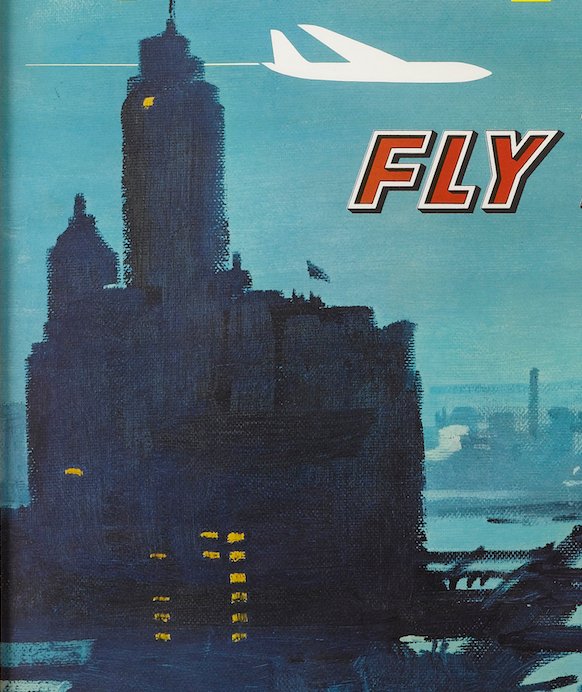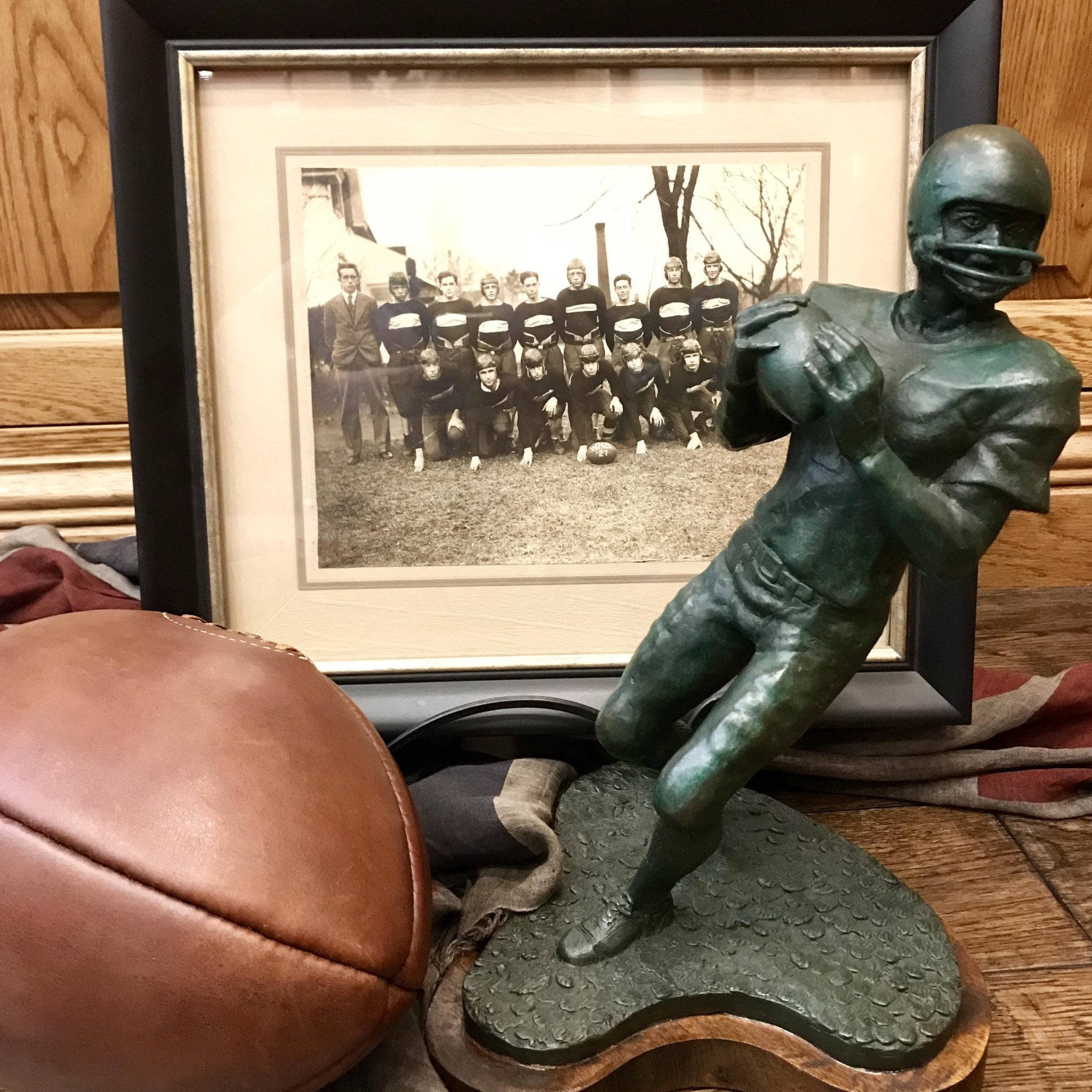Gilbert Stuart's Washington
Gilbert Stuart (1755-1828) was an American painter and portraitist from Rhode Island best known for the hundreds of portraits he completed of American politicians and social figures during the 18th century. Stuart hoped to one day paint the first president of the United States, supposedly declaring so to a friend: “I expect to make a fortune by Washington.” Today, Stuart’s portraits of George Washington are some of the most accurate and famous renditions of the first president’s likeness. From author and critic John Neal:
“Though a better likeness of him were shown to us, we should reject it; for, the only idea that we now have of George Washington, is associated with Stuart’s Washington.”
George Washington’s fame was profound after his victories as a Revolutionary War hero and with his appointment as the first official president of the United States. As a prominent portraitist of the time, Stuart received various commissions to paint Washington from life. In these sittings, Stuart developed three main portrait types. The Vaughan Type showed Washington seated, facing slightly his left. The Athenaeum Type displayed Washington seated, facing to his right. Lastly, the Lansdowne Type was a full-length portrait of Washington.
Gilbert Stuart, Portrait in Gilbert Stuart's Portraits of George Washington
The Vaughan Type
The Vaughan type was the first Washington portrait type to be completed by Stuart, which he painted in 1795. Facing slightly to his left, President Washington’s six-foot-two-inch frame is apparent even though only his torso and head are visible. Stuart, a witty and eager portraitist, is recorded as having attempted to humor Washington during his sitting by cracking jokes and chatting energetically. Even still, Washington’s distaste for portrait sittings caused him to feel extremely uncomfortable during his sitting with Stuart. Thankfully, Stuart did not reveal this discomfort in the painting. The Vaughan portrait was a wildly successful result of Washington's first sitting with Stuart.
Shown below is the Vaughan portrait presented in the form of an illustration in the limited edition book Gilbert Stuart’s Portraits of George Washington by Mantle Fielding. This book, written by biographical compiler Mantle Fielding, portrays the life work of Stuart and his relationship to the Washington portrait. This limited edition book is number 8 out of only 100 copies printed and is signed by the author.
George Washington "Vaughan Type," Gilbert Stuart's Portraits of George Washington
The Athenaeum Type
The Athenaeum portrait, painted by Stuart in 1796, received its name for the 150 years it spent in the Boston Athenaeum. This portrait type was constructed after Martha Washington commissioned Stuart to complete dual portraits of her and her husband. She was so pleased with the Vaughan portrait that she personally sought out Stuart to construct portraits that they would hang in their Mount Vernon estate. However, Stuart never managed to finish them before his death. Supposedly, Stuart intended to keep the Athenaeum portrait for himself to use as inspiration for his other paintings of Washington, since he was so pleased with how it was developing. This is one of the most famous portraits of Washington to date, and it was later adapted onto the dollar bill. Even in its unfinished state, the portrait is praised for its accuracy and attention to detail.
Below is an early 20th century copy of the Athenaeum portrait. A student who took inspiration from the original portrait that hung in the Athenaeum constructed this very accurate copy. The Boston Athenaeum saw the potential of this young student and purchased the piece upon its completion; framing it with a luxurious period gilt frame. Unfortunately, this beautiful oil painting is unsigned by the artist. Even still, this Athenaeum copy is applauded for its accuracy.
In comparison to the Vaughan portrait, Washington appears slightly more agitated in this depiction; with a hard jawline and constrained mouth. Stuart expresses his experience with Washington as a sitter, as he quoted:
“When I painted him, he had just had a set of false teeth inserted, which accounts for the constrained expression so noticeable about the mouth and lower part of the face.”
The Lansdowne Type
Lastly, the Lansdowne portrait was completed in 1796 as a full-length portrait of Washington. Other artists such as John Trumbull and Rembrandt Peale also produced full standing portraits of Washington during their lifetime. However, their focus was to portray him as a Revolutionary War veteran and hero. Stuart instead focused on emphasizing Washington’s status as civilian Commander in Chief. Here, Washington is presented in his formal attire with a dress sword and stands among a myriad of allegorical symbols. He extends his arm to an unknown audience, which many consider to be a gesture to the viewer.
Presented below is the 1844 engraving by H. S. Sadd based off of the famous Lansdowne painting. The posthumous engraving was created to celebrate Washington and his role in founding the United States.
George Washington "Lansdowne Type," H. S. Sadd
Surely, the portrait of George Washington is one of the most easily recognized images to date. The work he did as a famous founder of the U.S.A. is insurmountable, and thus his image was commonly portrayed in art during his lifetime and the years to come. Gilbert Stuart played a great role in establishing Washington’s image, and today’s public may refer to those portraits as historical representations of Washington’s legacy. Stuart played his part in establishing Washington’s name by representing his image in art, and he lives on famously for it.
Check out these other pieces:
Washington Receiving a Salute at Trenton
The Life of Washington
George Washington and Family
Accessed:
Pastan, Amy, Gilbert Stuart’s Washington: Rare Views of Out First President. National Portrait Gallery, Blog, 2015.
Zygmont, Bryan, Gilbert Stuart’s Lansdowne Portrait. Khan Academy, British Colonies to the Early Republic, n.d.













